Here we provide an evidence-based look at what is known about women’s leadership and participation in the Beijing 2022 Olympic and Paralympic Winter Games, along with an examination of media coverage. This is the eighth report in the series that follows the progress of women in the Olympic and Paralympic movement.
Women in the 2022 Olympic and Paralympic Games
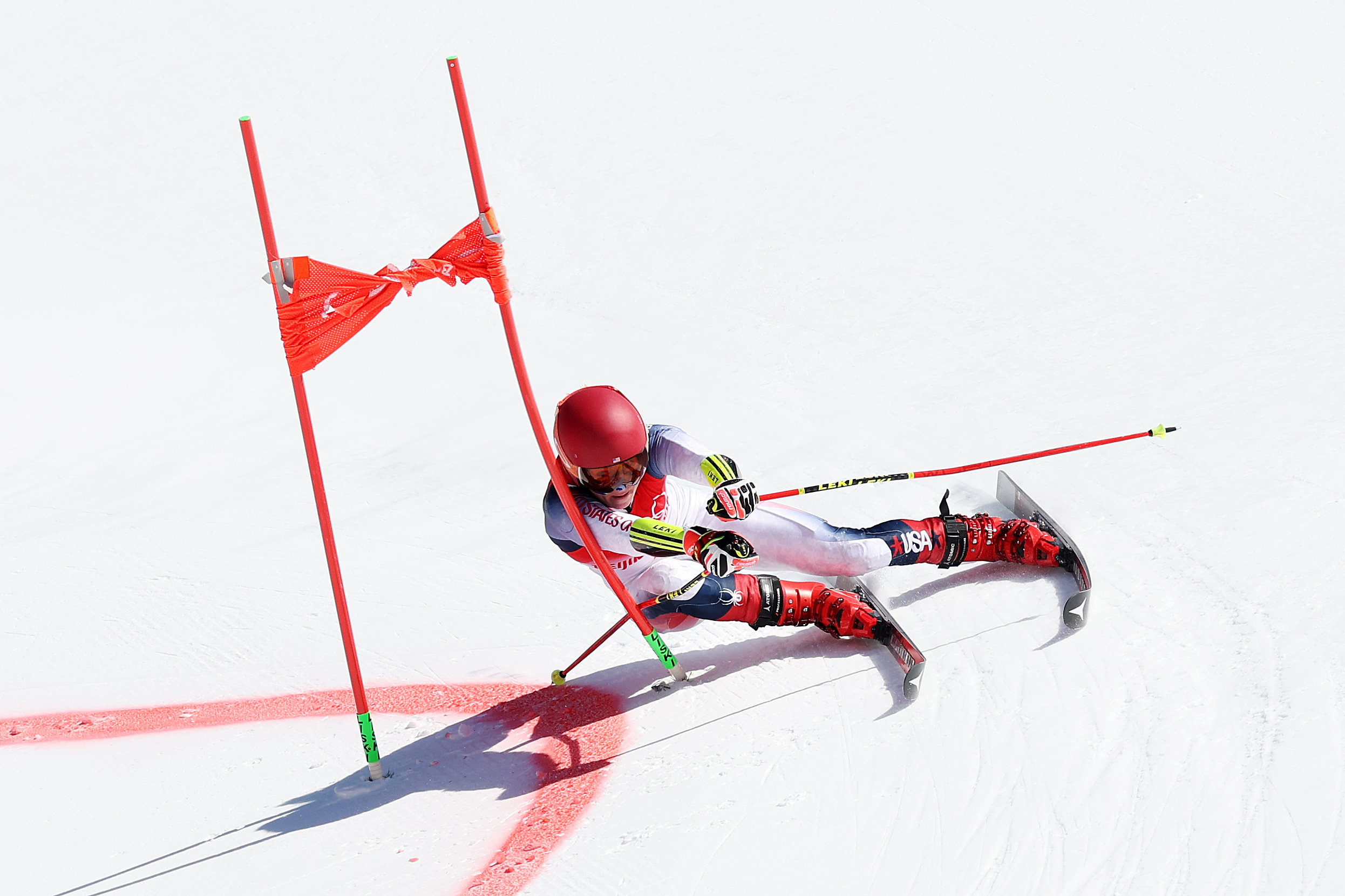
Women in the 2020 Olympic and Paralympic Games
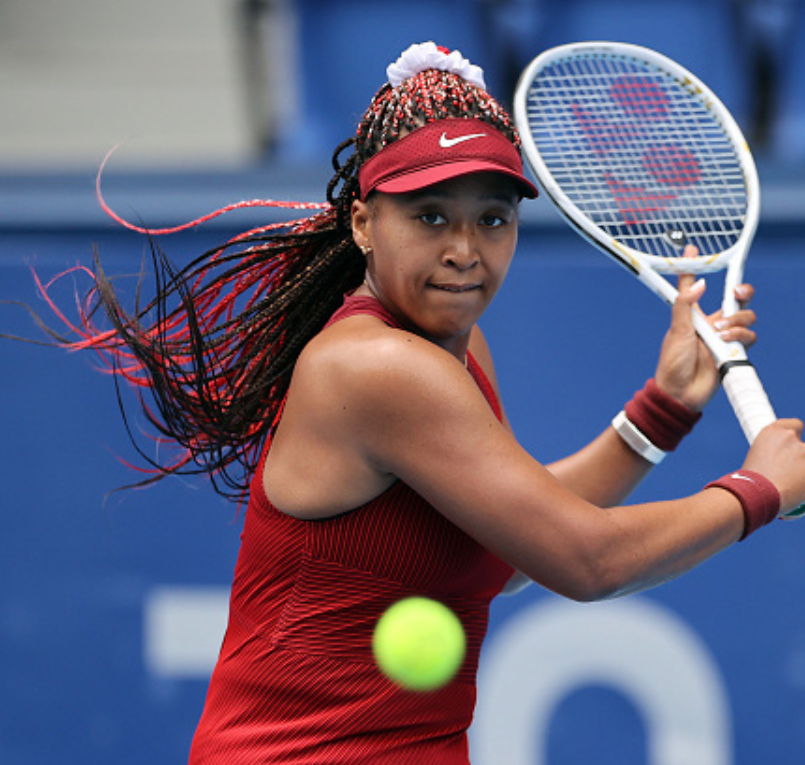
Here we provide an evidence-based look at what is known about women’s leadership and participation in the Toyko 2020 Olympic and Paralympic Summer Games (held in Summer 2021), along with an examination of media coverage. This is the seventh report in the series that follows the progress of women in the Olympic and Paralympic movement.
Chasing Equity: The Triumphs, Challenges and Opportunities in Sports for Girls and Women
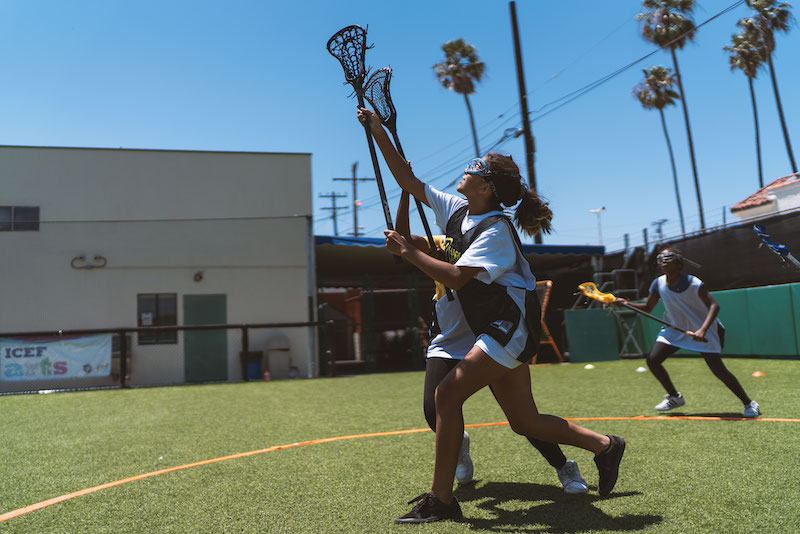
A comprehensive report on the current landscape for girls and women in sport including challenges, barriers, progress and opportunities. Using these findings we developed calls to action that stakeholders and the public can use as a springboard for making change. A national survey of more than 2,300 female leaders in sport provides additional insight on where progress has been made, where things have stalled and what steps can be taken to empower girls and women as participants and as leaders within sport.
The report examines the state of girls’ and women’s sports through a broad lens. Areas of focus include: sport participation opportunities for girls and women; the barriers that limit and/or hinder participation; critical health and safety concerns; Title IX and its ongoing role in supporting the infrastructure for equal access to sport participation; the representation of women working in sport and the climate they encounter, including pay equity and equal treatment issues; the level and quality of sport media coverage of female athletes and the representation of women working in sports media.
Women in the 2018 Olympic and Paralympic Winter Games
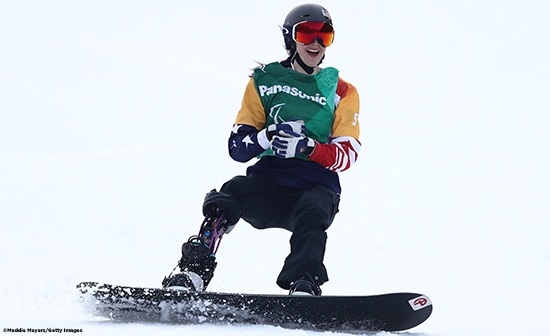
Here we provide an evidence-based look at what is known about women’s leadership and participation in the PyeongChang 2018 Olympic and Paralympic Winter Games. This is the sixth report in the series that follows the progress of women in the Olympic and Paralympic movement.
Women in the 2016 Olympic and Paralympic Games
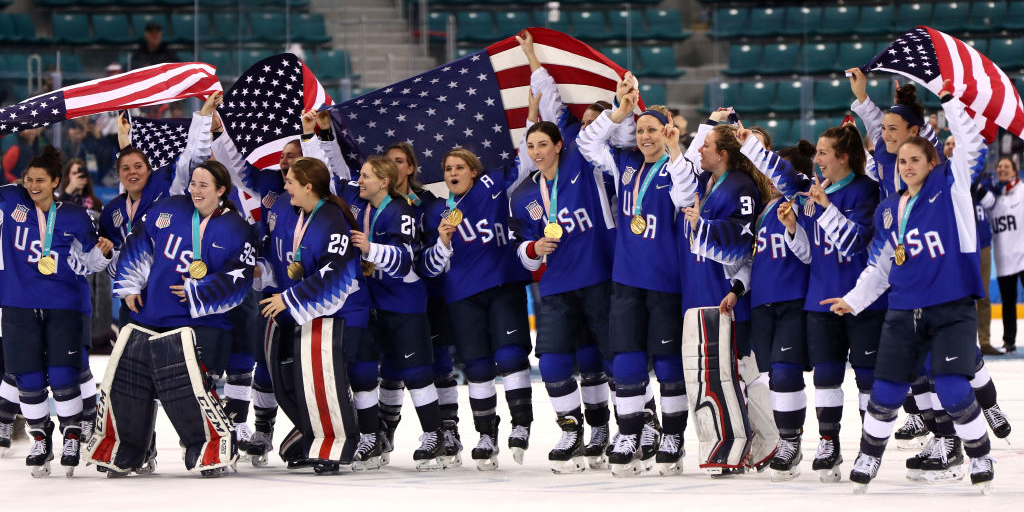
This study is the fifth report in the series that follows the progress of women in the Olympic and Paralympic movement and explores participation, leadership and media coverage.
The report analyzes the representation and participation of women in the international and U.S. Olympic and Paralympic organizations. Specifically, it examines the types and extent of opportunities that are provided for women in administrative and leadership roles within these structures as well as the chances women have to compete in the Games themselves. This report also assesses the extent that the IOC, IPC and United States Olympic Committee (USOC) are fulfilling their stated missions with respect to fairness to fairness and gender equity and whether or not legal statutes are being upheld.
Women in the 2012 Olympic and Paralympic Games
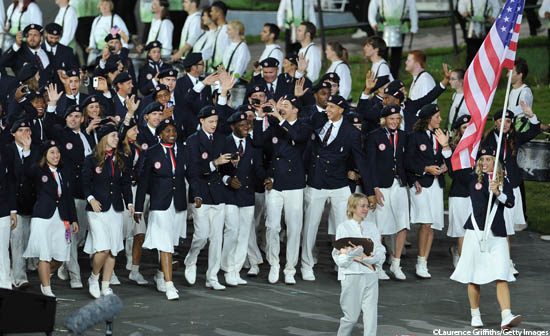
This study is the fourth report in the series that follows the progress of women in the Olympic and Paralympic movement. This report analyzes the representation and participation of women in the international and U.S. Olympic and Paralympic organizations.
Specifically, this report examines the types and extent of opportunities that are provided for women in administrative and leadership roles within these structures as well as the chances women have to compete in the Games themselves. This report also assesses the extent that the IOC, IPC and United States Olympic Committee (USOC) are fulfilling their stated missions with respect to fairness to fairness and gender equity and whether or not legal statutes are being upheld.
Women in the 2010 Olympic and Paralympic Winter Games
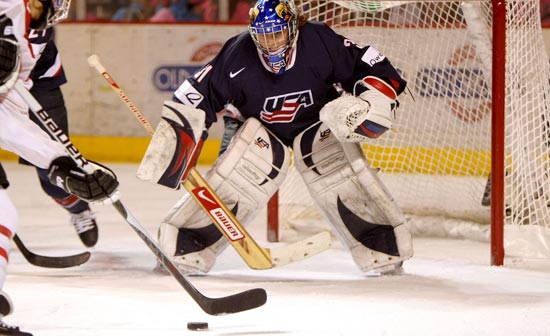
The Women’s Sports Foundation is pleased to release Women in the 2010 Olympic and Paralympic Games: An Analysis of Participation, Leadership, and Media Opportunities. This is the third in the series that follows the progress of women in the Olympic and Paralympic movement. The report provides the most accurate, comprehensive, and up-to-date examination of the participation trends among female Olympic and Paralympic athletes and the hiring trends of Olympic and Paralympic governing bodies with respect to the number of women who hold leadership positions in these organizations. The report also looks at newspaper and internet coverage of the 2010 Olympic and Paralympic Winter Games.
The study was conducted by Dr. Maureen Smith from California State University, Sacramento and Dr. Alison M. Wrynn from California State University, Long Beach.
A distinguished panel of women’s sports experts reviewed the report and policy recommendations were issued. These recommendations can be found at the conclusion of the report.
Women in the 2000, 2004 and 2008 Olympic and Paralympic Games
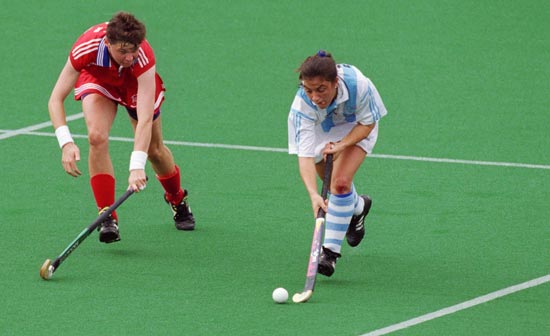
This report analyzes the representation and participation of women in the international and U.S. Olympic organizations relative to the Olympic and Paralympic Games, especially for 2000, 2004, and 2008. In addition it examines the types and extent of opportunities that are provided for women in administrative and leadership roles within these structures and the chances women have to compete in the Games themselves. This report also assesses the extent that the IOC, IPC and USOC are fulfilling their stated missions with respect to fairness and gender equity and whether or not legal statutes are being upheld. Finally, there is analysis of media coverage of female athletes in the 2008 Olympic Games.
Women in the 2006 Olympic and Paralympic Winter Games
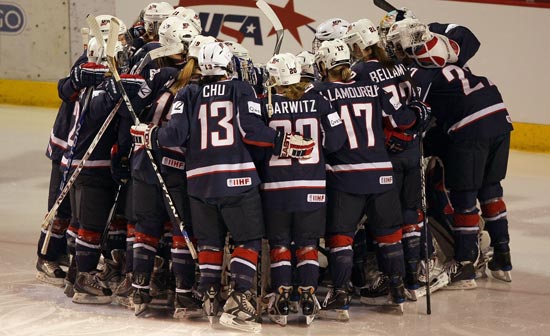
This report examines the extent to which both the international and U.S. sports communities are providing equitable sports participation and leadership opportunities for women and assigns grades based on the assumption that men and women should have equal opportunities as athletes and leaders and be equally represented in media coverage.
Evian Pay Equity Study: 1996
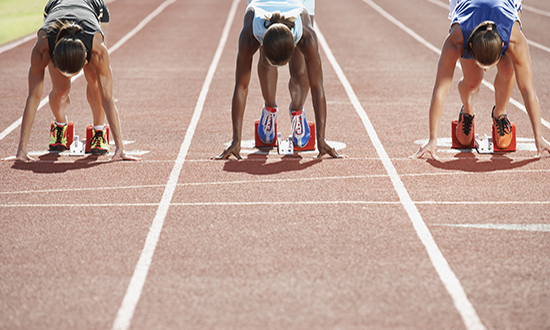
In 1996, the Women’s Sports Foundation paired with Evian Natural Spring Water to closely investigate the comparative earnings, exclusive of endorsements, of male and female professional athletes in the first Women’s Sports Foundation/Evian Athletes’ Earnings Gap Index.
In the past 30 years, Title IX has afforded millions of girls the opportunity to participate in athletics. In 1972, 1 in 28 girls participated in high school athletics. The idea of a college scholarship to continue playing sports was unheard of, and the possibility of having a professional career was perhaps only dreamed about. Today, 1 in 2.5 girls participate in high school athletics, $180 million is awarded to female athletes to play at the collegiate level, and there are a variety of established professional women’s leagues. Girls and women can now more than dream of making a career of playing sports. During the 30th anniversary year of Title IX, the Women’s Sports Foundation celebrates the achievements of countless female athletes but also examines the inequalities that remain.
In 1996, the Women’s Sports Foundation paired with Evian Natural Spring Water to closely investigate the comparative earnings, exclusive of endorsements, of male and female professional athletes in the first Women’s Sports Foundation/Evian Athletes’ Earnings Gap Index. The chief finding was that significant inequality exists in prize money available to male and female athletes across many sports (See Tables 1 and 2).
In the first study, we compared the total prize purses available to men and women as well as the average earnings of the top 10 male and female athletes in five sports – beach volleyball, bowling, downhill skiing, golf and tennis. The average prize earnings of the top 10 male athletes were double that of females in tennis, meaning that for every $1.00 a man earned, a woman earned $.49 (1:.49), followed by bowling (1:.46), skiing (1:.30), and beach volleyball (1:.20) (See Figure 1). The study also found that the 1995-1996 average salary of male NBA players, $1.7 million, was 24 times greater than the average salary of female players, $70,000 in the newly formed American Basketball League (1996-1997 season).
The second study, conducted from 1996-2000, revealed continuing inequities but significant declines in the earnings gaps in tennis, bowling, golf and skiing. Over the five-year period, the average prize earnings of the top 10 male and female athletes were closest in bowling (1:.70), followed by tennis (1:.67), and golf (1:36). The 1999-2000 average NBA salary rose to $3.17 million per player, while the average WNBA salary for the same season was $55,000, making the NBA average 58 times higher than the WNBA. Beach volleyball was not repeated in the 1996-2000 study because both the men’s and women’s tours experienced interruptions in play and prize money during that period. For basketball, only the average salaries for all players were available.
Tracking the total purses, average salaries and total earnings of athletes is essential in the analysis of equality. As women’s professional leagues grow in both sponsorship and interest, the Women’s Sports Foundation will continue to monitor the data, educate the media and public, and work with professional leagues to increase sponsorship and fan development. What can you do as a fan? You can help us help them. Become a member of the Women’s Sports Foundation. Write a letter to thank a sponsor of one of the many women’s professional leagues. Take your family to women’s professional games or buy season tickets to your favorite teams. Write a letter to Congress through our new Web content area, www.GeenaTakesAim.com, and tell them how important it is to support women’s athletics. Learn about the history of Title IX, about how far women have come and how far women still have to go. For complete results of both studies, please visit the Foundation’s Web site at www.WomensSportsFoundation.org or AOL Keyword: WSF.
Jennifer Arndt was the Education Intern at the Women’s Sports Foundation in Fall 2001. This article first appeared in the Spring 2002 issue of the Women’s Sports Experience. Data for the 1996-2000 study was collected and complied by Helene Sisti, Temple University doctoral student and former Foundation intern.
